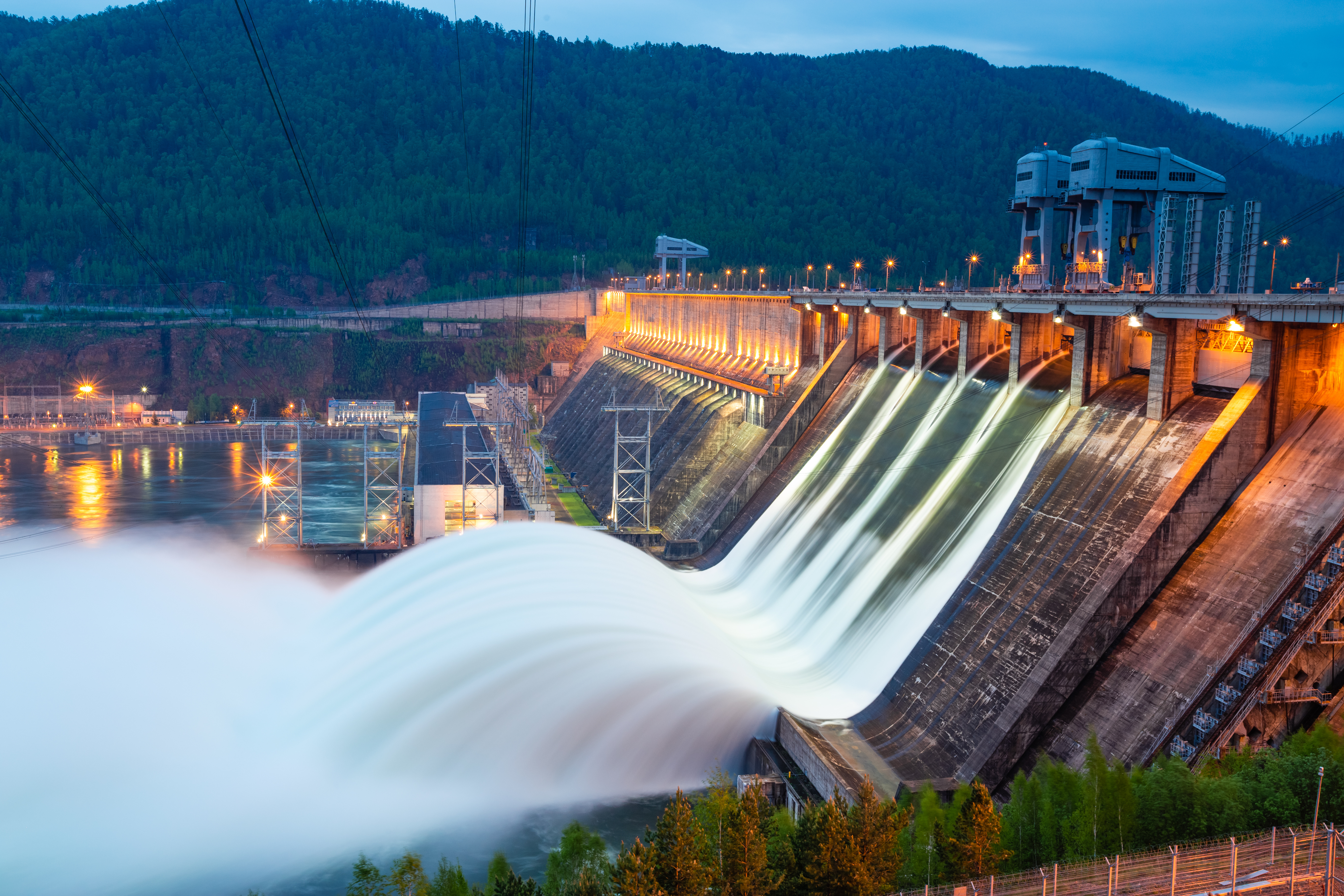The DOE assessed six years of historical weather data to build a model in the Resource Adequacy (formerly MARS) software to simulate different load conditions for solar and wind. That data was then used to model the impact of pumped hydro storage in similar scenarios.
The study found that the introduction of pumped hydro storage to the current grid conditions can reduce the cost of annual fuel production by tens of millions of dollars on an annual basis. Additionally, the power system would become less dependent on fossil fuels to fill in the energy gap, possibly reducing emissions by millions of tons while still remaining profitable.

